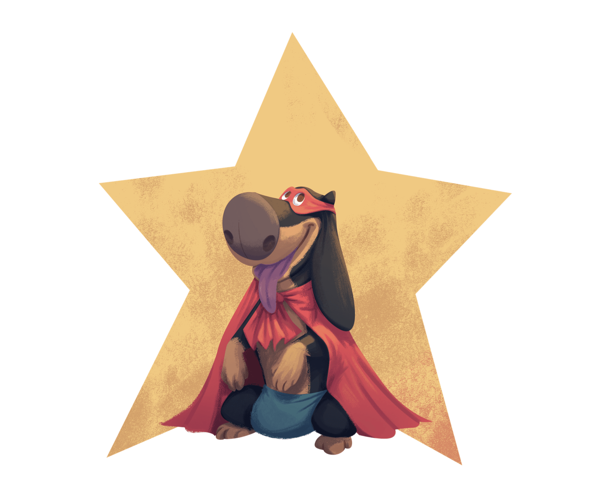Calming tools vary based on the person using them. Everyone’s needs and strategies may be different. Some examples for kids can include a variety of items, such as stress balls, sensory bottles, weighted blankets, soft pillows, art supplies, essential oils, yoga mats, mindfulness activities, and music. These items can be purchased from several different places such as online and physical stores. Many of these tools can even be made with everyday items already in your home, such as balloons, sponges, containers, and food coloring.
Identifying Your Calming Tools
It’s important to first identify what items and stress relief tools you want in your toolbox. What strategies will help you calm down when you are having big emotions? For some, it could be physical things such as a journal, board games, or other tangible items. For others, it can be what we like to call an invisible tool. These can be breathing techniques, meditation, or visualization techniques. A calming tool can be literally anything that helps you at the moment to calm down.
Establishing a Safe Spot
Another great strategy is to establish a safe spot or location to go to when big feelings arise. This can vary depending on where you are, like school, home, or a friend’s house. Knowing where to go when your feelings become overwhelming is the first step to feeling better. Once you get to your spot, you can decide what tool will help you in that situation to calm down.
Recognizing and Managing Big Feelings
“Stop, breathe, count 1, 2, 3, I’ll pick a tool to help calm me.” Remember these words when you feel your body tensing up, and it will remind you that you have control over your emotions and you can handle anything. Stopping what you’re doing, counting to three, and taking a deep breath seems so simple yet can be difficult at the moment. When you calm your mind and body, you will make better choices instead of just reacting. The first step is recognizing what your body cues are when you start feeling stressed and tense. Do you get warm? Do your fists clench? Knowing what your body is doing is the first step to diffusing big feelings because it will tell your mind that you need a tool. Mindfulness tools for kids are great, and the power of positive thinking can help tremendously.
Fun Activities to Build the Calming Toolbox
There are many fun activities you can do with your child to help them build their calming toolbox, such as making a stress ball and fidget spinner. Making physical tools together is a great way to bond and have them connect with the items. They may find comfort in using items that they helped to create. A fun tool that kids love to make is glitter bottles. It’s an easy tool that consists of a bottle, water, glue, and glitter. The child can have fun picking out their color of glitter to add to the bottle, seal it up, and watch it move all over the bottle. Having tools that the child feels safe and comfortable using is key.
Involving the Child in the Process
Make sure they are a part of the process of picking out physical tools. If you are going to the store to pick out items, make sure they are with you and decide what they want. Colors of items might not seem like a big deal to parents but can make a difference to a child trying to tame their big feelings.
Calming Tools Conclusion
Working together to create your calming toolbox is essential for your child to succeed. Be sure to add Eddie and Fred Teach Calming Tools to your toolbox. “Now don’t feel defeated when feelings get large, it’s okay they are here, but know you’re in charge. They come for a reason but don’t need to stay. Acknowledge they’re here, then send them away.” By incorporating a variety of calming tools and strategies, and involving your child in the process, you can help them effectively manage their emotions and find inner peace.



